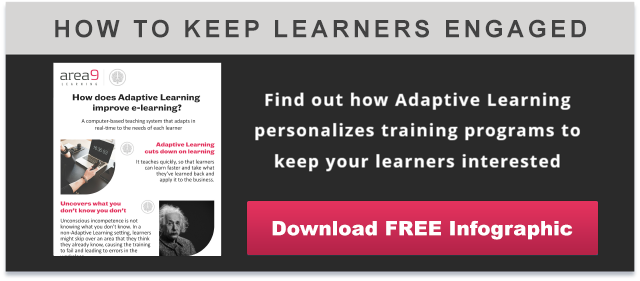“Just in time” training typically means giving people access to content at the moment of need. Google Search delivers just in time content every day. The value is that it provides learning satisfaction at the point of need. So when your staff can’t remember the specifics of a certain regulation, they have access to resources that help them find the answer to their question. Access to content on demand is an invaluable part of a learning strategy, especially when formal training is infrequent or difficult to access.
But when Sully Sullenberger landed US Airways Flight 1549 in the middle of the Hudson River he didn’t do it by quickly Googling “how to make a water landing”. He relied on years of training - training that became automatic, that required no thinking, just action. What enabled Sully Sullenberger to land that plane and save lives was “just in case” training.
“Just in case” training changes employee behavior.
So while “just in time” training is useful and easy, especially in an information age, “just in case” training is the backbone of your business. Just in case training provides the foundational knowledge, skills and context to enable employees to use just in time content effectively.
But not all “just in case” training (like the kind that mitigates risk and ensures your employee can make that water landing) is good training. Sometimes, it’s just the training businesses provide annually to satisfy the auditors, and to say that they’ve checked the box on training.
If Not “Just in Time” Training, Then What?
How does behavior become second nature to someone?
The training that allows a pilot to make an emergency landing, a doctor to save a life, or an employee to intervene before unsafe products hit shelves comes from spaced repetition. Cognitive science shows that exposing your brain to content repeatedly over a period of time creates connections that turn into long-term memory.
Long-term memory can also be created through repeated practice - like when an employee applies what they’ve learned to their job. But what if a learner doesn’t have the chance to practice a new skill or apply a new policy before they’ve forgotten what they’ve learned? Like what to do in the real world event of a plane landing on the Hudson River. If repeated practice is impossible or inconvenient, everything they were taught becomes worthless without spaced repetition.
Good “just in case” training that helps learners retain what they’ve learned - thus changing their behavior - is possible with Adaptive Learning. Find out how Adaptive Learning technology can fix your training issues with this infographic.






